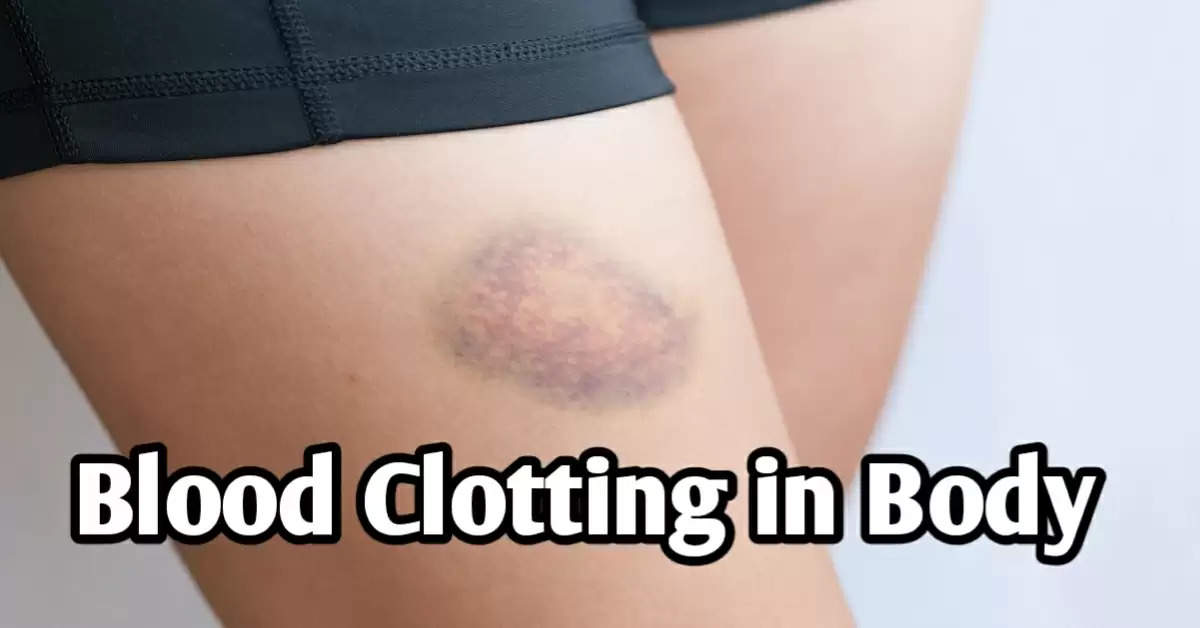Understanding Blood Clotting Disorders: Types, Symptoms, and Treatments

Blood Clotting Disorders: Blood Clotting is the process by which blood changes from its liquid form to a gel-like or semi-solid state. Blood clotting is an essential process that helps stop excessive bleeding when you get injured or cut. But blood clotting is a condition in which blood clots form inside the veins or blood vessels inside the body. This type of blood clot does not always dissolve on its own or naturally and turns back into blood. Such a situation can be very dangerous and sometimes fatal.
Usually, a stationary blood clot does not cause any harm to your body, but there is a risk that this blood clot can move and become dangerous. If such a blood clot breaks off and travels through a vein to the heart, lungs, or brain, it can get stuck in these organs and block blood flow. When this happens, emergency medical care becomes a situation.
Another type of blood clot can occur in which the blood does not clot or continues to bleed for a long time after an injury or cut in the skin or muscle. If the bleeding continues inside the internal organs for a long time, then this can also be a medical emergency.
Symptoms of blood clotting disorders:
Bleeding very easily and profusely, even with minor cuts.
Bruising easily.
Regular nosebleeds.
Heavy bleeding during menstruation.
Blood in the urine or stool.
Bleeding from a joint without injury.
The condition caused by blood clots is also called a hypercoagulable state. It has the following symptoms:
Swelling in the feet.
Severe pain in the legs.
Chest pain.
Difficulty breathing.
Breathing harder.
Low blood pressure.
Fast heart rate.
Causes of Blood Clotting Disorders:
The blood clotting system includes blood platelets, clotting factors, and proteins. Therefore, a blood clotting disorder involves an abnormality in any of these components of the blood. Blood clotting or hypercoagulable states can occur due to various reasons, such as:
Cancer
Chemotherapy agents such as tamoxifen, thalidomide, etc.
Burns, surgery, or any other injury
Pregnancy
Obesity
How to prevent blood clotting disorders?
In some people, this problem is genetic. A person's risk of blood clotting disorders can be reduced to some extent by making some lifestyle changes:
Wear looser clothing, especially around the lower body, rather than wearing tight clothing.
Quit smoking if possible.
Drink plenty of fluids.
Eat less salt.
Exercise regularly.
Maintain a healthy body weight.
Change body position, especially during long journeys.
Do not stand or sit in one place for more than an hour at a time.
Avoid sitting with your feet crossed.
